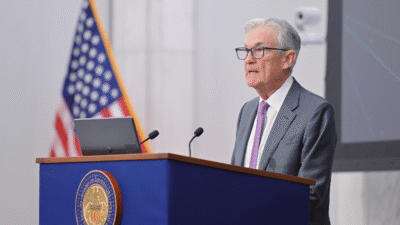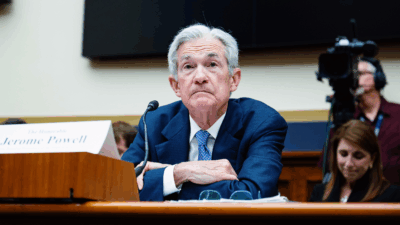Renters Are Losing Hope They’ll Ever Own a House
A New York Fed survey found renters saying their probability of ever owning a home fell to 40.1%, a new low.

Sign up for smart news, insights, and analysis on the biggest financial stories of the day.
Higher-for-longer means renting for longer.
As interest rates hover at their highest level in 15 years with the Federal Reserve sitting on the rate-cut sidelines, the troubling side effects for consumer sentiment are hard to ignore — especially for renters’ dreams of buying a house. On Monday, The Federal Reserve Bank of New York released its 2024 survey of consumer expectations, which mostly showed an uptick in expectations that nothing about housing is getting cheaper anytime soon.
Raise the Roof
Unfortunately, a main takeaway from the survey is that renters increasingly think they’re forever priced out of the housing market. Their self-assessed probability of ever owning a home fell by 4.3% percentage points to 40.1%, a new low in the survey’s history. In addition, nearly 3 in 4 renters surveyed said obtaining a mortgage is “somewhat or very difficult,” compared to 50.5% in 2021.
It’s worth noting that the survey took place in February, when 30-year mortgage rates were down a full point from their sky-high level of 7.79% in late October. If anything, with rates back above 7%, pessimism could be even worse now:
- A Bankrate survey last month suggested that Americans would have to earn more than $110,000 a year to afford a median-priced home in the US, which Bankrate says costs $402,343. Given that the median household income is about $74,500, one can immediately internalize Redfin’s disclosure Monday that 1 in 5 mortgages went to low-income homebuyers in 2023, down from 23% in 2020.
- Homeowners in the NY Fed survey also have a bleak outlook on future mortgage rates, with households expecting mortgage rates to rise to 8.7% a year from now, and 9.7% in three years, both all-time highs in the survey. Given that rates haven’t crossed 8% since August 2000, the survey could reflect something closer to worst-case fears than realistic outcomes.
Throw the Fed a Bone: In potential good news for homebuyers, the Fed’s painless “soft landing” scenario was buoyed on Friday by the April jobs report, which showed slower job and wage growth in line with the Fed’s sustainable-pace guidelines. This certainly helps raise the likelihood that the Fed will indeed start cutting rates, leading to lower borrowing costs for all. The trick is to avoid an even faster slump in wage growth that keeps most mortgages out of reach for consumers.











